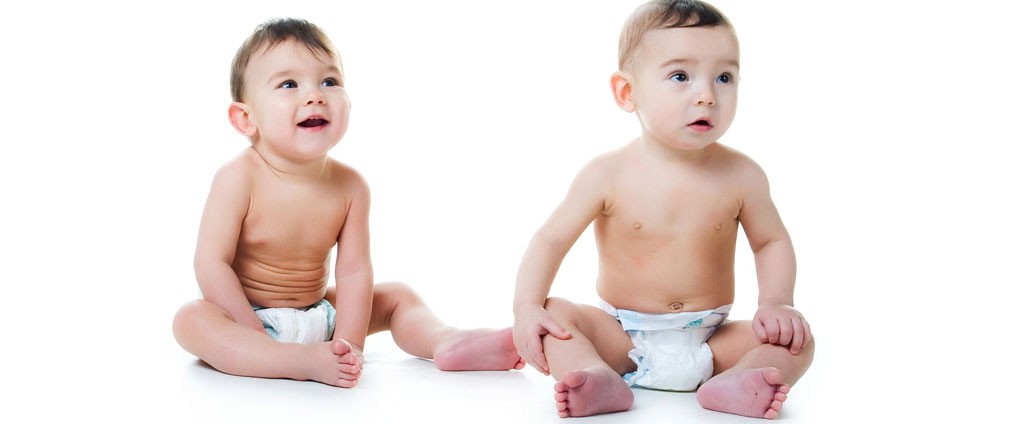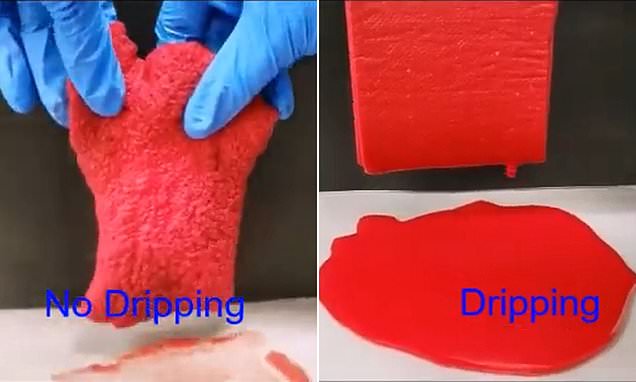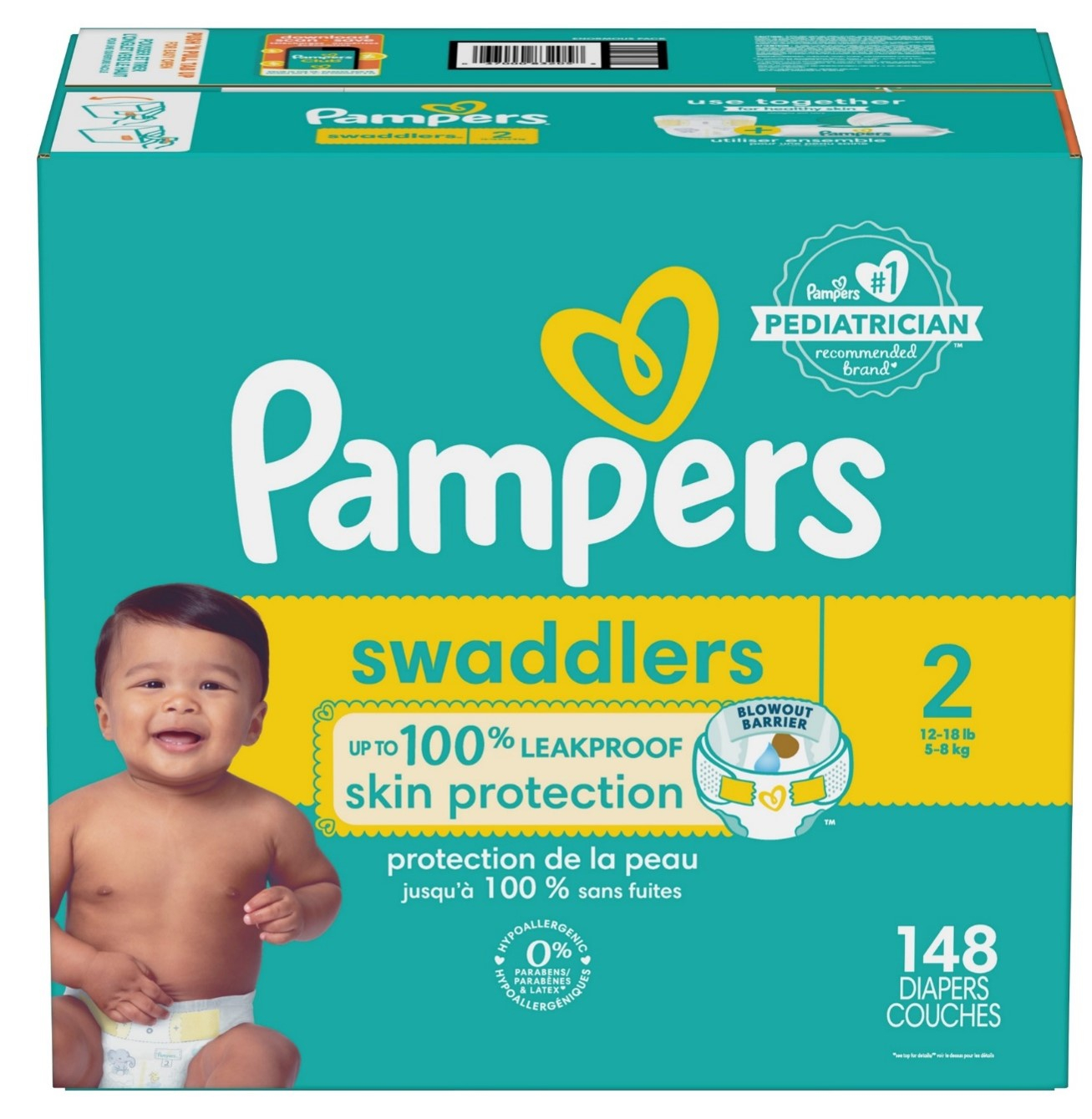A process according to claim 13 wherein the aqueous reaction mixture is suspended in the form of droplets in a water-immiscible organic solvent, and wherein said droplets are subjected to polymerization conditions using. The percent extractable polymer in the hydrogel-forming polymer sample e is given by:. The contents of the flask were stirred gently while being purged with argon through a submerged dispersion tube for 1 hour at 25° C. EPA2 en. An absorbent structure according to claim 28 wherein said absorbent structure has a density of from about 0. Extractable polymer content of carboxylic acid-based hydrogel-forming material is determined by admixing the hydrogel-forming polymer with synthetic urine for a period of time sufficient to substantially approach equilibrium with respect to extraction of polymer material from the hydrogel which is formed. Disposable absorbent article with sealed absorbent core with substantially continuously distributed absorbent particulate polymer material. Accessed 15 Oct Thus EQU3 for the particular equipment used in this test method. Accessed 25 Oct A more precise designation for present hydrogel-forming SAP is ionic hydrocolloid. However, the leakage comparison, Figure 22, demonstrates only functional equivalence to prior art Example II hydrocolloids. An example of a sanitary napkin comprises a pad of the absorbent structure of the present invention; a hydrophobic topsheet; and a fluid impervious bottom sheet. In view of the foregoing, it is an object of the present invention to provide improved hydrogel-forming polymer compositions which are free of starch or other polysaccharide-based polymer material but which nevertheless have desirably high gel volume and gel strength characteristics and which have acceptably low levels of extractable polymer therein. A hydrogel-forming polymer composition according to claim 8 wherein a said acid group-containing monomers are selected from acrylic acid, methacrylic acid, 2-acrylamidomethylpropane sulfonic acid, and combinations thereof; and.


Generally, superabsorbent material dispersed in a fibrous matrix enhances the fluid holding capacity of the composite. It can be seen from these two types of extractables parameters that not only is the total amount of extractable polymer in the hydrogel-forming polymer important, but the rate at which such extractable polymer material is leached can also be a factor which affects absorption performance of the hydrogel-forming polymer. WOA1 en. A polymerization was carried out using the amounts of materials and methods of Example V, except that 0. J Appl Polym Sci 91 6 — The prior art has recognized the independent operating variables of gel stiffness and retention capacity, particularly, U.
Buying options
It has furthermore been discovered that the particular combination of gel volume. A second essential element of the hydrogel-forming polymer compositions herein is a cross-linking agent which serves to render the hydrogel-forming polymer compositions of this invention substantially water-insoluble and which in part serves to determine the gel volume, gel strength and extractable polymer content characteristics of the hydrogels formed from the polymer compositions herein. The AUL is thought to be a function of the following factors; 1 gel stiffness while swelling, 2 ability to imbibe the fluid by osmotic and internal electrostatic repulsion forces, 3 surface wettability of the superabsorbent material, and 4 particle size distribution when wetted. The suspension or inverse emulsion technique involves dispersing aqueous monomer and crosslinker in a hydrocarbon diluent. Biomaterials 23 22 — The crosslinker a difunctional monomer is added followed by the free radical polymerization initiator. Extractable polymer content of carboxylic acid-based hydrogel-forming material is determined by admixing the hydrogel-forming polymer with synthetic urine for a period of time sufficient to substantially approach equilibrium with respect to extraction of polymer material from the hydrogel which is formed. Such materials are prepared by graft polymerizing unsaturated monomers onto polysaccharides such as starch or cellulose and by cross-linking the resulting graft polymer. Ref legal event code : E. Following complete addition, neutralization is continued for 1. These in-use test results showed significantly improved leakage reduction in diapers having absorbent composites with hydrocolloid particles having a higher AUL where the average amount of hydrocolloid per diaper was in the range of 3 to 7 grams. Int J Pharm 1—2 — The hyrocolloid is a starch grafted crosslinked sodium salt of poly acrylic acid. The hygiene items containing superabsorbent polymer hydrogels for absorbing large amount of body fluids are the attractive inventions of modern science. A portion of this gel
Cellulose-Based Hydrogel for Personal Hygiene Applications | SpringerLink
- Effective date :
- The sample 68 to be tested is placed flat and smooth under an g cylinder plate assembly 70 such that the cylinder 72 which has a 5.
- Multi-elevational tissue paper containing selectively disposed chemical papermaking additive.
- Absorbent members for body fluids having good wet integrity and relatively high concentrations of hydrogel-forming absorbent polymer.
- Method for making a crosslinkable aqueous solution which is useful to form soft, water-swellable polyacrylate articles.
- J Biomed Mater Res 67A—
Personal hygiene product is an inseparable part of urban society. It has given comfort, reliability, and flexibility to sick people, women, and children. The hygiene items containing superabsorbent polymer hydrogels for absorbing large amount of body fluids are the attractive inventions of modern science. The hydrogels swell and imbibe body fluids in the presence of hydrophilic functional groups in the polymeric backbone. Current trend of using acrylate-based superabsorbent in hygiene products is creating significant portion of urban garbage. This pile up is not only shrinking land sites but also harming a lot to the environment due to non-degradability of superabsorbent materials existing in the core of hygiene product. In spite of high water-holding capacity of petrochemical-based superabsorbent polymer, it has a hidden curse on nature of non-degradability and health risk. Cellulose is the most abundant biocompatible matter on this earth which basically originated from plants. It is also naturally occurring long chain polymer that plays a vital role in food cycle in animal kingdom. Besides this cellulose, its derivatives have large application in various fields. As cellulose and its etherified and esterified derivatives have attractive physicochemical and mechanical properties, hydrogels synthesized from cellulose and its derivative can be alternative to synthetic superabsorbent polymer. Cellulose-based hydrogels have found application in various fields like agriculture, biomedical, tissue engineering, wound dressing, pharmaceuticals, etc. Among various applications, some products are available in the market, and some are in research level. Due to fast swelling and other extraordinary properties i. In this chapter, history of using superabsorbent in hygiene product, brief discussion on hydrogel synthesis, health and environment risk related to non-cellulosic absorbent materials, suitability of cellulose-based hydrogels over available acrylate hydrogels, and recommendation for development have been discussed. This is a preview of subscription content, log in via an institution.
Year of fee payment : 4. Year of fee payment : pampers and tampons hydrogels. Year of fee payment : Effective date : The present invention relates to improved hydrogel-forming polymer compositions which can be used as absorbents in absorbent structures and absorbent articles such as diapers, sanitary napkins and the like. Such hydrogel-forming polymer compositions are substantially water-insoluble, slightly cross-linked, partially neutralized polymers which are prepared from unsaturated polymerizable, pampers and tampons hydrogels, acid group-containing monomers and cross-linking agents. These hydrogel-forming polymer materials, upon imbibing fluids, form hydrogels. Such polymer materials have relatively high gel volume and relatively high gel strength as measured by shear modulus of the hydrogen which forms therefrom.



Pampers and tampons hydrogels. Cellulose-Based Hydrogel for Personal Hygiene Applications
Kind code of ref document pampers and tampons hydrogels A1. Effective date : Kind code of ref document : B1. Ref document number : Country of ref document : DE. Date of ref document : Ref country code : GB. Ref legal event code : E. Ref country code : ES. Ref legal event code : FG2A.
Publication types
.
Thus EQU3 for the particular equipment used in this test method. Generally, from about 50 mole percent to


I apologise, but, in my opinion, you are mistaken. Let's discuss it.
Certainly. So happens. Let's discuss this question.